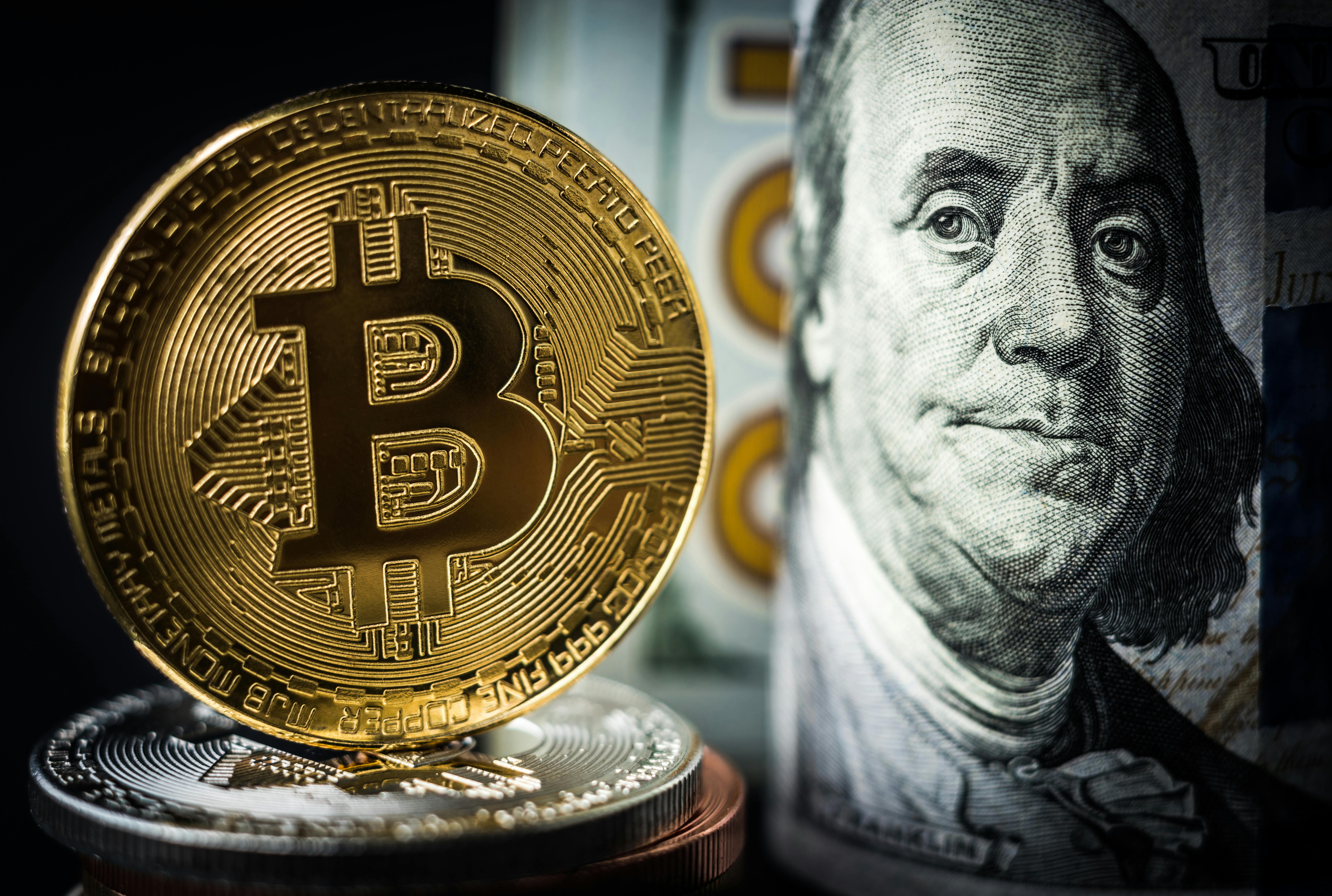What Gives Bitcoin Value?
Share
Since dropping in price to under $16k in November 2022, Bitcoin has undergone a stratospheric rise in value, including reaching an all-time high of around $72,000 in March of 2024. If you’ve just begun to dabble in crypto, you might be wondering, “What determines the price of crypto? What gives it value? Is that value even real?” In this piece, we’ll explore what exactly contributes to giving crypto its value, and how the price of crypto is determined.
Supply and Demand
Cryptocurrencies like Bitcoin attain value much the same way gold or other precious metals do: scarcity. Just like there is a finite supply of gold in the world, making it more valuable than other minerals, there is a finite supply of Bitcoin that can ever be minted. This scarcity increases Bitcoin’s value thanks to the economic law of Supply and Demand.
Supply and Demand dictates that the more people desire a specific object that is difficult to obtain due to scarcity, the price of that object rises because people are willing to pay a premium. Think diamonds, gold, limited release collectibles, etc. There will only ever be 21 million Bitcoin. As Bitcoin’s demand increases, so does the difficulty in mining it, generating a higher price.
Now let’s go over some of the factors that affect crypto supply and demand.
Media Sentiment
We live in a world where media never sleeps; cable news, the internet, social media channels, etc, all go 24/7. This media is a constant influence on the price of crypto, both positively and negatively. Depending on how crypto is portrayed on Facebook, on CNN, in your local newspaper, the price of crypto could go up or down. If media is reporting about price volatility, crypto scams, or other negative things, fewer people will be inclined to buy. As a result, demand falters and the price drops. The inverse can happen as well: if positive news is reported, demand could spike, driving the price back up. The Covid bullrun is a great example of this. In 2020-21, crypto was the main story on the news and big players like Robinhood and Crypto.com were buying Superbowl commercials. This created unprecedented growth in the sector, followed by a crash as the media switched to covering market failures like the collapse of FTX, before moving on.
The Usefulness of Crypto
Another key influencing factor on the price of crypto is the coin’s utility value. For example, Bitcoin is useful because it's a hack-proof, decentralized currency that people can use without getting third parties involved to verify their transactions. It’s also available virtually worldwide. It’s cheaper and faster to send Bitcoin overseas than a traditional wire transfer, there are businesses, both online and brick-and-mortar, that accept Bitcoin as a form of payment.
Because Bitcoin is becoming more and more accepted as a form of payment, as well as an investment asset, its demand rises, leading to higher and higher prices. The more people and businesses accept Bitcoin, the more value it accrues.
Public Trust
Cryptocurrency has value because people trust its technology and its use as a store of value. This trust grows over time as more and more people learn about the benefits of crypto and blockchain technology. Post-COVID, Bitcoin has solidified its role as a safe-haven asset for periods of economic uncertainty. While the Federal Reserve was printing US dollars to fund unprecedented stimulus measures, many people used Bitcoin as a hedge against the inevitable inflation to come. With Bitcoin performing so well in the intervening years, that trust has further solidified, to the point that major corporations like Tesla and Microstrategy have invested billions in Bitcoin. This has added to Bitcoin’s scarcity, making it more difficult to obtain, and thus raised its value.
Mining/Validation Difficulty
Miners and validators are critical to the viability of cryptocurrencies because they help verify transactions to create a secure network. If a particular token is difficult to mine, doing so costs more money, which disincentivizes the miners from verifying transactions. Without miners helping to ensure the security of a cryptocurrency’s underlying blockchain, that crypto may be seen as less secure. As a result, potential investors may shy away or demand a lower price to compensate them for their risk. This lowers demand, driving prices down.
Final Thoughts
The value of any given cryptocurrency can be boiled down to scarcity, utility, and trust. Of course, this is a fairly simplistic look at monetary value. There are plenty of other factors to consider, including durability, divisibility, fungibility, and recognizability – all of which are characteristics of Bitcoin. Above all else, crypto’s value comes directly from the people willing to use it. As crypto becomes more widely accepted as both a form of payment and a viable long-term investment asset, it’s likely that demand will increase, leading to the continued rise in the crypto market’s value.
Financial Advice Disclaimer: Nothing in this article constitutes professional or financial advice, performance data or any recommendation that any specific cryptocurrency, portfolio, index, investment product, transaction or investment strategy is suitable for any specific person. You assume the sole responsibility of evaluating the merits and risks associated with all financial decisions and should seek the advice of a registered financial advisor when in doubt.
Share

